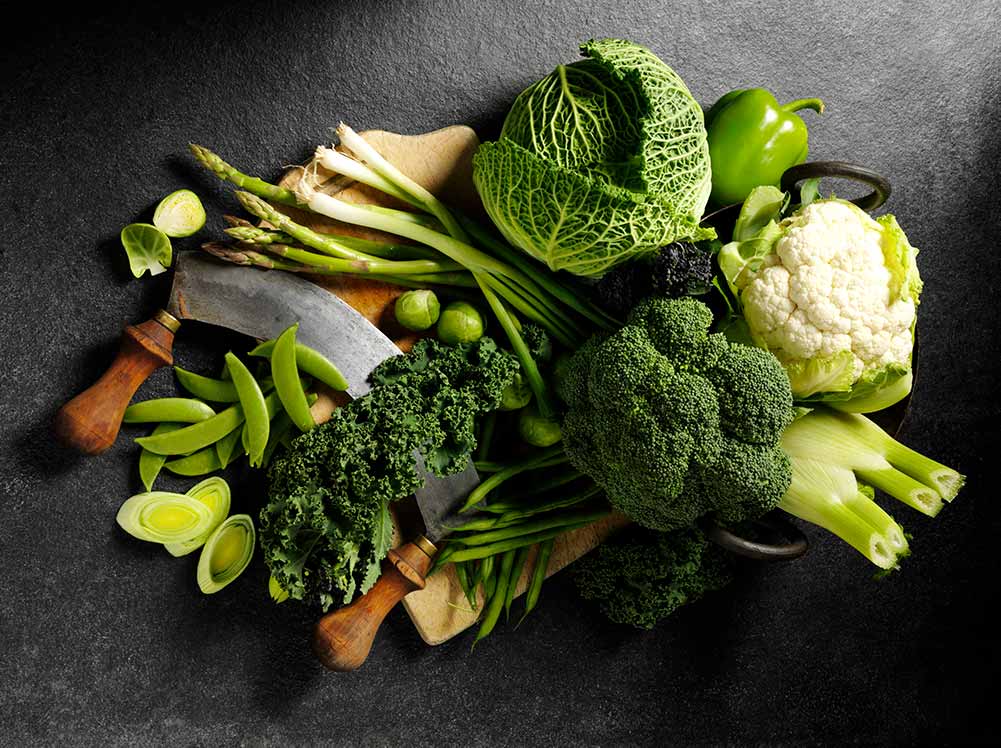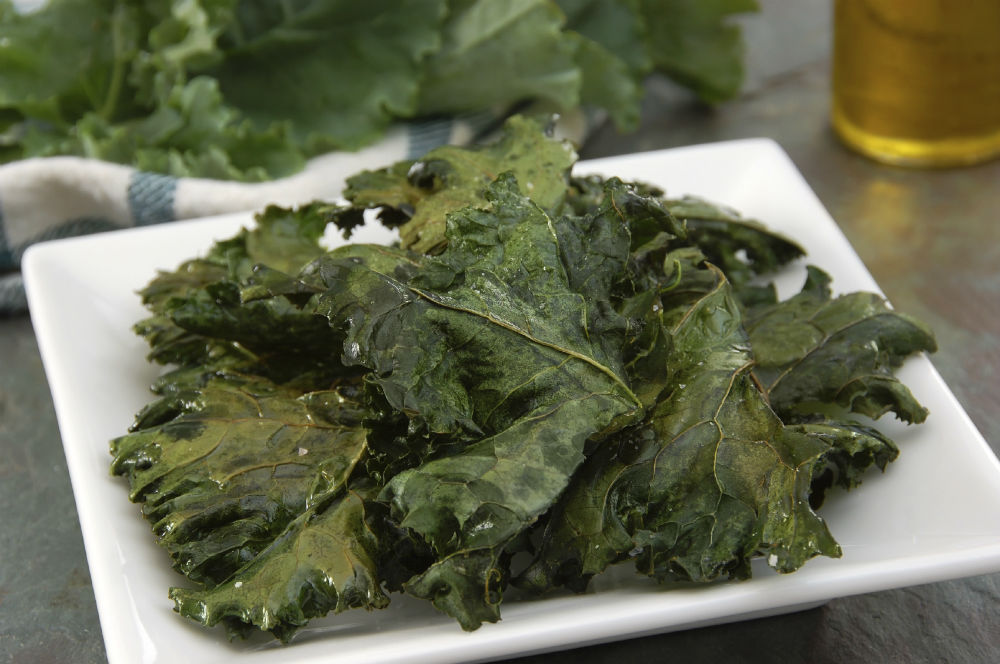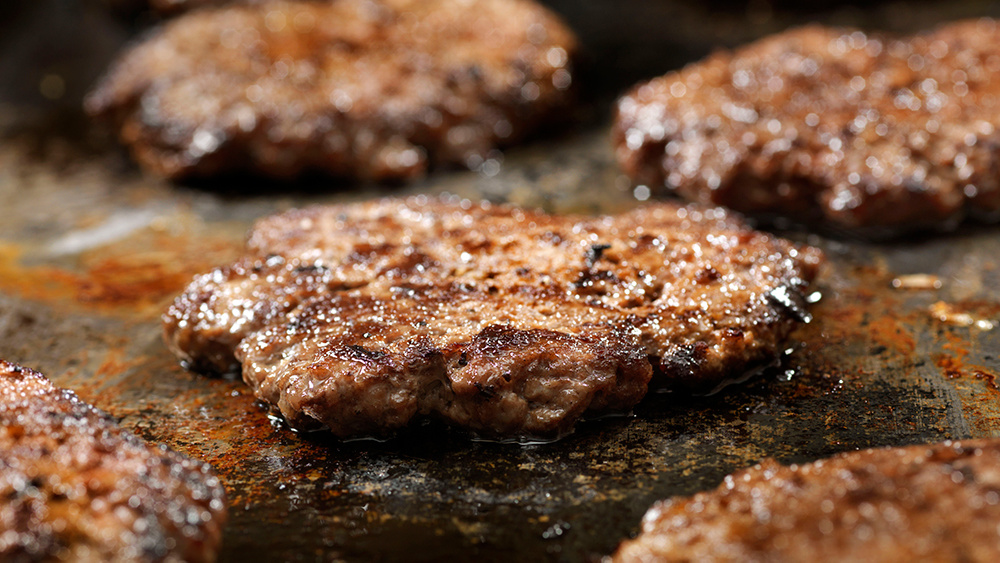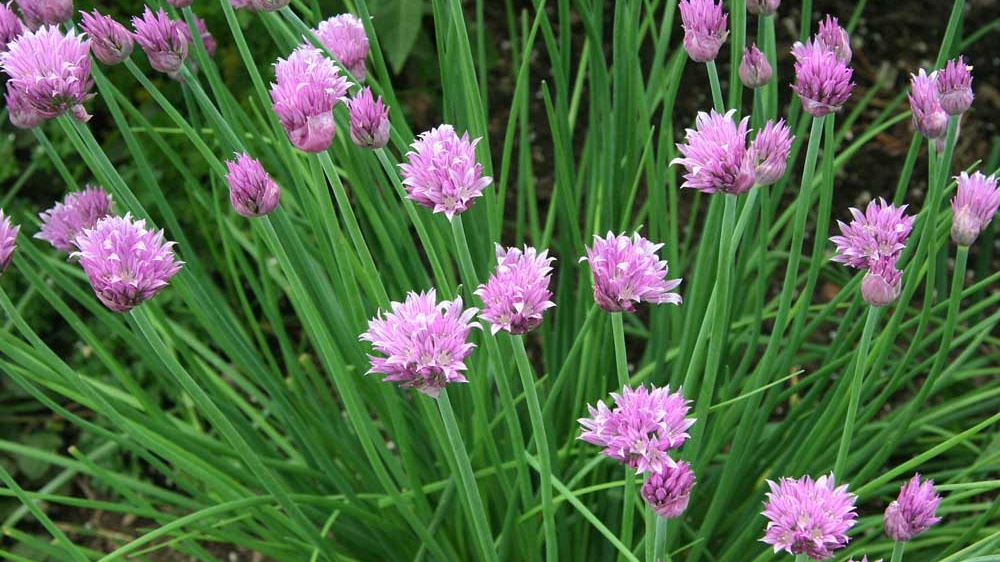Eat Your Veggies

 Add to favorites
Add to favorites
There are so many vegetable options offered up by Mother Nature that I thought I could go my whole life skipping the ones I didn’t like.
It started when I was a kid. My family believed in the “Clean Plate Club.” You didn’t leave the table without eating everything on your plate, whether you wanted to or not. Compared to my brothers and sisters, I was a pretty good eater. My mom never had trouble getting me to eat my vegetables — except when she served lima beans. I hated lima beans. They were my “vegetable to avoid.” I thought they were so disgusting to chew that I’d swallow them like pills. I flushed them down with milk.
In the summer, after dinner, we’d go back out to play and that play might include a rousing game of football. We’d play on the grass by the school around the corner. If I got tackled, my brothers often mushed my face in the grass; sort of a final motion conducted at the end of a tackle. I hated the smell of getting my face planted in the grass so I worked hard not to get tackled. I got faster.
When I got to college, sprouts became popular. I tried them. They were all the rage. They smelled like the grass my face had been smashed into. I gagged and sprouts came off the list of vegetable options for me.
I never got into kale, either. It had that same kind of earthy smell and tasted, to me, reminiscent of dirt. Arugula, too.
Those experiences shaped my eating habits as an adult. And after years of struggling with food and weight issues (and then developing the Plan Z Diet), I’m reconsidering some of the veggies I used to hate. Now I know you can’t pick and choose the veggies you eat based on childhood likes and dislikes. These vegetables are chock full of important nutrients our bodies need to stay healthy. And any vegetable can taste good — if you know how to cook it.
Can green vegetables lower your blood sugar? One study shows that eating an extra helping of leafy greens can lower your chances of Type 2 diabetes by 14%! For prediabetics trying to control their blood sugar with diet, that’s major.
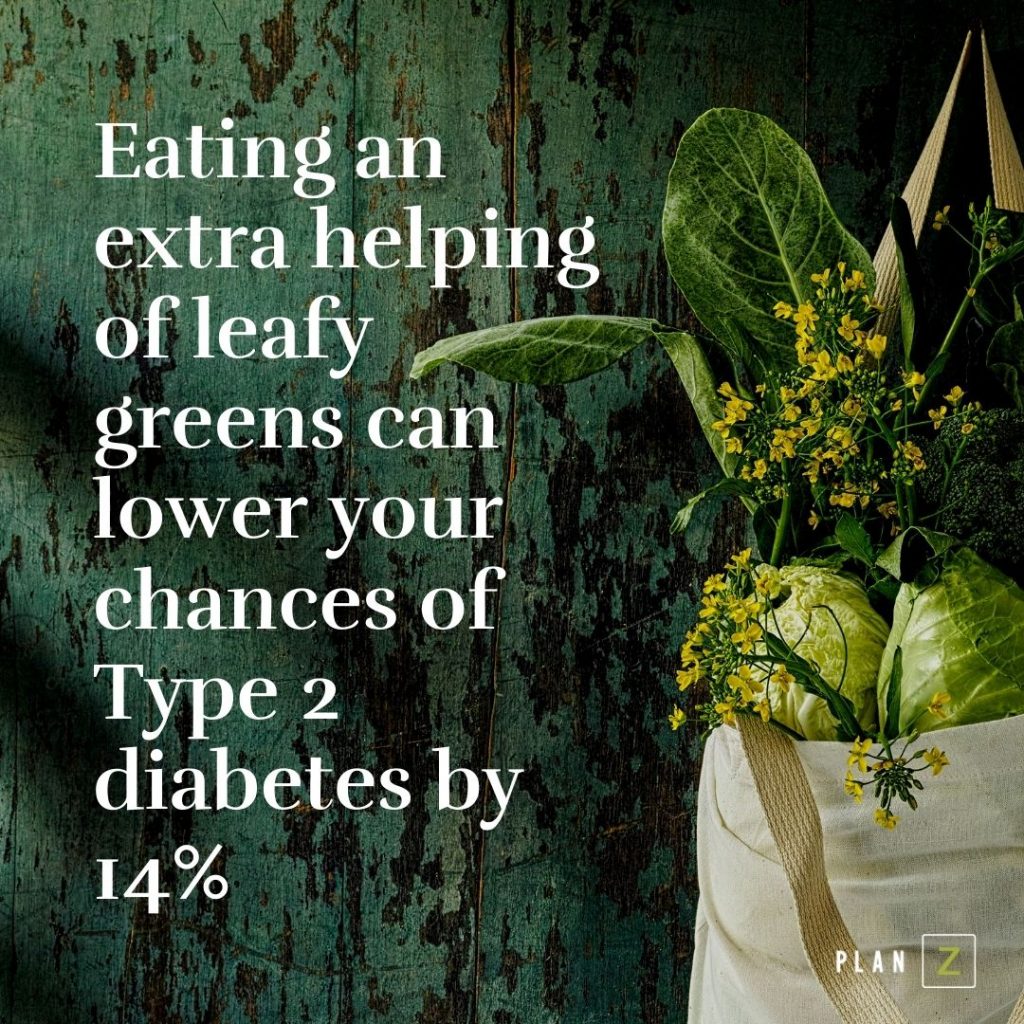
Leafy greens are one of the easiest foods to incorporate into your diet. They are healthy, filling, delicious, and do not require a lot of fancy cooking. All you have to do is chop them up and throw them in a salad! Want to lose weight and get healthy? Eat leafy greens every day and you will see the benefits. Here are some reasons to eat more of these low-carb, powerhouse greens.
- Kale: Considered one of the healthiest green foods on the planet, kale is one of America’s most popular superfoods. In a 1-cup serving, kale contains 206% of our daily value for Vitamin A, 134% of our daily value for Vitamin C, and 684% of our daily value for Vitamin K1. It also has a lot of protein (for a leafy green). Like meat, kale contains all nine essential amino acids needed to form the proteins within the human body, (plus nine other non-essential ones, too). It’s actually been described as the “meaty” leafy green. Want to maximize the benefits of kale? Eat it raw.
- Watercress: This tiny but mighty green packs a powerful punch. According to the CDC, watercress is considered the #1 most nutrient-dense vegetable. A serving of watercress actually has four times more beta-carotene and vitamin A than an apple2. Give watercress a try. It tastes like spinach. Yum!
- Beet Greens: Did you know beet greens have more iron than spinach? Like other dark green leafy veggies(DGLV), they also have amazing amounts of Vitamins A, C, and K. While DGLVs provide excellent amounts of calcium, beet greens also provide an excellent amount of magnesium at 98 milligrams per serving, or nearly 25% of the recommended daily amount. This unique aspect of beet greens gives them a calcium:magnesium ratio of 1.6:1 (in comparison to the ratio in turnip greens of 6.2:1, or the ratio in mustard greens of 9.2:1). The ratio in beet greens may be more helpful to the average U.S. adult than the ratio in these other greens since the average U.S. adult is more deficient in magnesium than calcium3. Need more magnesium in your diet? Eat beet greens.
- Spinach: One of my favorite leafy greens! Spinach, scoring 86.4 on a nutrient density scale of 100, is high in niacin and zinc, as well as protein, fiber, vitamins A, C, E and K, thiamin, vitamin B6, folate, calcium, iron, magnesium, phosphorus, potassium, copper, and manganese. Wow! Did you know Vitamin C in spinach is known to have the ability to prevent wrinkles and protect us from eye diseases, prenatal health problems, and cardiovascular diseases? It is also the presence of lutein content that prevents the thickening of the walls of arteries, thus reducing the risk of heart attacks. Moreover, it contains nitrite that not only helps in preventing the occurrence of a heart attack but also cures the heart diseases associated with fat deposition4. So eat your spinach!
There are so many, many reasons to eat your veggies! And there are so many delightful ways to cook them! I add a massive handful of spinach to almost every soup recipe I make. Easy.
I’m also going to start adding watercress to more of my salads. I am also eating more spouts and have taken a new look at microgreens (you know, the stuff that comes on the plate at some fancy restaurants). Before, I thought they were just there to lend a delicate decoration 🙂
Here’s a recipe for kale chips! Next time you want a potato chip, make these kale chips. I even serve them as an appetizer before a dinner party. People gather around as I take them off the hot cookie sheet and they dive right in.
Cheers,

Baked Kale Chips
If you have a hankering for healthy potato chips, try these instead! They are low carb and delicious!
Nothing found.
Smash Burgers
ZS-5 Ingredients or Less,ZReboot,Featured Posts,ZSpecialties,Recipes
Smash burgers are all the rage. Step into a brew pub and you’ll likely find a smash burger on the food menu. These are NOT the huge, 8oz burgers we’ve been fed in the past. These are a thinner burger…
Nothing found.
Chives
My chives were the first thing to come up in my herb garden every year. As soon as the snow melted I could see their little heads popping up through the soil. By the time it was warm enough to…
Potatoes and the Glycemic Index
Carbohydrates,Featured Posts,Zola Blog
Enjoy potatoes in moderation and use these hints to make healthier choices.

